-
 Bitcoin
Bitcoin $114400
0.68% -
 Ethereum
Ethereum $3550
2.48% -
 XRP
XRP $3.001
4.99% -
 Tether USDt
Tether USDt $0.9999
0.01% -
 BNB
BNB $757.6
1.46% -
 Solana
Solana $162.9
1.07% -
 USDC
USDC $0.9998
0.00% -
 TRON
TRON $0.3294
0.91% -
 Dogecoin
Dogecoin $0.2015
2.46% -
 Cardano
Cardano $0.7379
2.01% -
 Stellar
Stellar $0.4141
8.83% -
 Hyperliquid
Hyperliquid $37.83
-1.91% -
 Sui
Sui $3.454
0.76% -
 Chainlink
Chainlink $16.62
3.53% -
 Bitcoin Cash
Bitcoin Cash $554.6
2.84% -
 Hedera
Hedera $0.2486
3.91% -
 Ethena USDe
Ethena USDe $1.001
0.00% -
 Avalanche
Avalanche $21.95
3.34% -
 Toncoin
Toncoin $3.563
-2.85% -
 Litecoin
Litecoin $112.7
2.65% -
 UNUS SED LEO
UNUS SED LEO $8.977
0.13% -
 Shiba Inu
Shiba Inu $0.00001232
1.85% -
 Uniswap
Uniswap $9.319
2.93% -
 Polkadot
Polkadot $3.632
1.38% -
 Monero
Monero $307.2
2.36% -
 Dai
Dai $0.9997
-0.03% -
 Bitget Token
Bitget Token $4.340
0.91% -
 Pepe
Pepe $0.00001048
1.07% -
 Cronos
Cronos $0.1348
3.26% -
 Aave
Aave $261.5
1.93%
How do NFT Interoperability Standards enable cross-chain NFT transactions?
NFT interoperability standards, using bridges and token wrapping, aim to enable cross-chain NFT transfers, overcoming blockchain silos. However, security and scalability remain key challenges hindering seamless transactions.
Mar 05, 2025 at 09:30 am
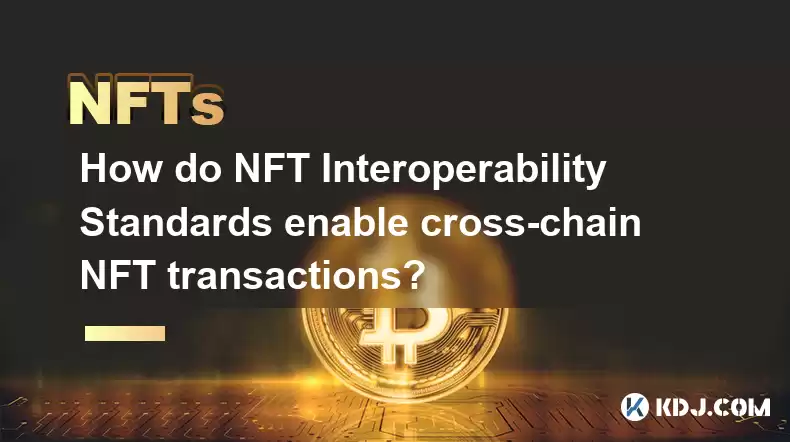
Key Points:
- NFT interoperability standards aim to solve the problem of NFTs being siloed within specific blockchains.
- Several standards are emerging, each with its own approach to enabling cross-chain NFT transfers.
- These standards involve bridging technologies, token wrapping, and standardized metadata formats.
- Challenges remain in achieving seamless cross-chain NFT transactions, including security and scalability concerns.
- The future of NFT interoperability hinges on widespread adoption of a dominant standard or a collaborative approach.
How do NFT Interoperability Standards enable cross-chain NFT transactions?
Non-fungible tokens (NFTs) have exploded in popularity, but a significant limitation has been their confinement to individual blockchains. An Ethereum NFT, for instance, can't be directly used on Solana or Polygon. This lack of interoperability hinders broader NFT adoption and limits the potential for innovative applications. NFT interoperability standards aim to address this by creating mechanisms for seamless transfer of NFTs across different blockchain networks.
Several approaches are being explored to achieve cross-chain NFT transactions. One common method involves using bridges. These bridges act as intermediaries, transferring the ownership information of an NFT from one blockchain to another while maintaining its uniqueness and provenance. However, security is paramount; a compromised bridge can lead to significant losses.
Another approach involves token wrapping. This process creates a representation, or "wrapped NFT," on a target blockchain that mirrors the original NFT. The wrapped NFT acts as a proxy, allowing users to interact with the NFT on the new chain without actually moving the underlying asset. The challenge here lies in ensuring that the wrapped NFT accurately reflects the state of the original NFT.
Standardized metadata is crucial for interoperability. If all blockchains use a consistent format to describe NFTs, it becomes much easier to transfer and interpret NFT information across different networks. This standardization simplifies the development of cross-chain applications and tools. However, agreeing on a universal standard is a significant hurdle in itself.
The process of transferring an NFT across chains using a bridge typically involves several steps:
- Initiating the transfer: The user initiates the transfer on the source blockchain, specifying the destination chain and the NFT to be transferred.
- Locking the NFT: The NFT is locked on the source chain, preventing further actions until the transfer is complete.
- Minting the wrapped NFT: A corresponding wrapped NFT is minted on the destination chain, representing the original NFT.
- Unlocking the NFT (optional): In some cases, the original NFT may remain locked on the source chain, while in others it might be burned after the wrapped NFT is minted.
- Receiving the wrapped NFT: The user receives the wrapped NFT on the destination chain, granting them ownership and the ability to use it within that ecosystem.
The security of these cross-chain transfers is critical. Bridges are vulnerable to attacks, particularly if they lack robust security measures. This is a significant area of research and development within the NFT space. Furthermore, the scalability of these bridging mechanisms is another challenge, as high transaction volumes can lead to congestion and increased costs.
Different standards are emerging to address interoperability. Some are focused on specific pairs of blockchains, while others aim for broader compatibility. The lack of a universally adopted standard presents both opportunities and challenges. The emergence of a dominant standard could streamline the process, but it could also stifle innovation and limit choices for developers and users.
Common Questions:
Q: What are the risks involved in cross-chain NFT transactions?
A: The primary risks include the security vulnerabilities of bridges, the potential for loss of funds due to technical glitches or malicious attacks, and the risk of wrapped NFTs not accurately reflecting the original NFT's status. Smart contract vulnerabilities on either chain are also a major concern.
Q: How do NFT interoperability standards differ from each other?
A: Different standards employ varying methods for bridging, wrapping, and metadata management. Some prioritize specific blockchain pairings, while others strive for broader compatibility. Differences in security models and scalability approaches also exist.
Q: What are the benefits of cross-chain NFT transactions?
A: The main benefits include increased liquidity for NFTs, wider access to NFT marketplaces and applications, the potential for new hybrid DeFi applications leveraging NFTs across multiple chains, and greater accessibility for users across different blockchain ecosystems.
Q: Will a single, universally accepted standard emerge for NFT interoperability?
A: It's uncertain whether a single, universally accepted standard will emerge. The possibility exists for a dominant standard to emerge, or for a collaborative approach to develop interoperable solutions, potentially involving multiple standards coexisting and interoperating.
Q: How does the development of NFT interoperability standards affect the NFT market?
A: The development of these standards significantly impacts the NFT market by increasing liquidity, expanding accessibility, fostering innovation through cross-chain applications, and ultimately driving greater adoption and market maturity. It helps bridge the gap between isolated NFT ecosystems.
Q: What are some examples of projects working on NFT interoperability standards?
A: Several projects are actively developing and implementing NFT interoperability solutions. While specific projects evolve rapidly, researching projects focused on cross-chain bridges and standardized metadata formats will reveal current leaders in this space. Many are focused on specific blockchain ecosystems initially.
Disclaimer:info@kdj.com
The information provided is not trading advice. kdj.com does not assume any responsibility for any investments made based on the information provided in this article. Cryptocurrencies are highly volatile and it is highly recommended that you invest with caution after thorough research!
If you believe that the content used on this website infringes your copyright, please contact us immediately (info@kdj.com) and we will delete it promptly.
- Cryptocurrency, Altcoins, and Profit Potential: Navigating the Wild West
- 2025-08-04 14:50:11
- Blue Gold & Crypto: Investing Disruption in Precious Metals
- 2025-08-04 14:30:11
- Japan, Metaplanet, and Bitcoin Acquisition: A New Era of Corporate Treasury?
- 2025-08-04 14:30:11
- Coinbase's Buy Rating & Bitcoin's Bold Future: A Canaccord Genuity Perspective
- 2025-08-04 14:50:11
- Coinbase's Buy Rating Maintained by Rosenblatt Securities: A Deep Dive
- 2025-08-04 14:55:11
- Cryptos, Strategic Choices, High Returns: Navigating the Meme Coin Mania
- 2025-08-04 14:55:11
Related knowledge
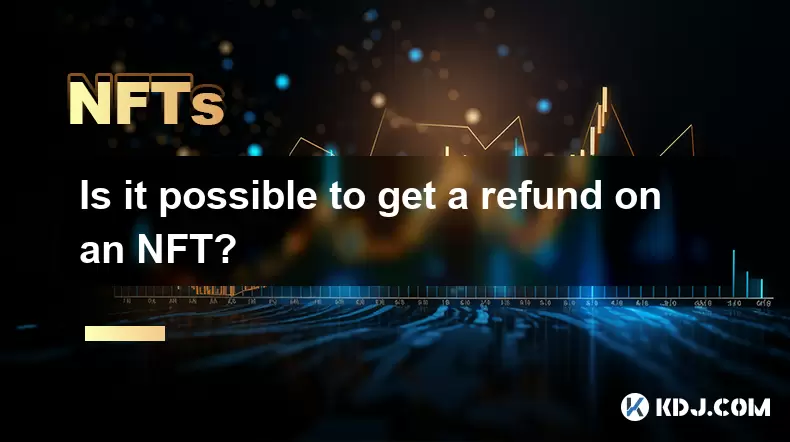
Is it possible to get a refund on an NFT?
Jul 21,2025 at 08:35pm
Understanding NFT Transactions and RefundsWhen you purchase an NFT (Non-Fungible Token), the transaction is typically recorded on a blockchain, making...
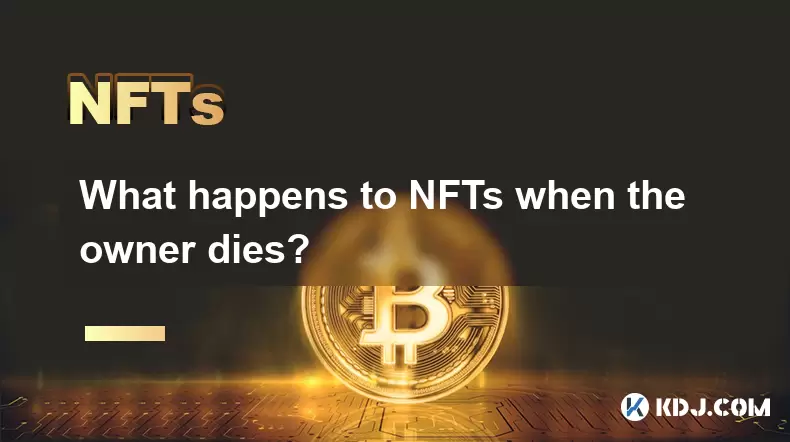
What happens to NFTs when the owner dies?
Jul 22,2025 at 02:43pm
Legal Ownership and Digital AssetsWhen an individual owns NFTs, the question of what happens to these assets upon their death is a pressing one. NFTs ...
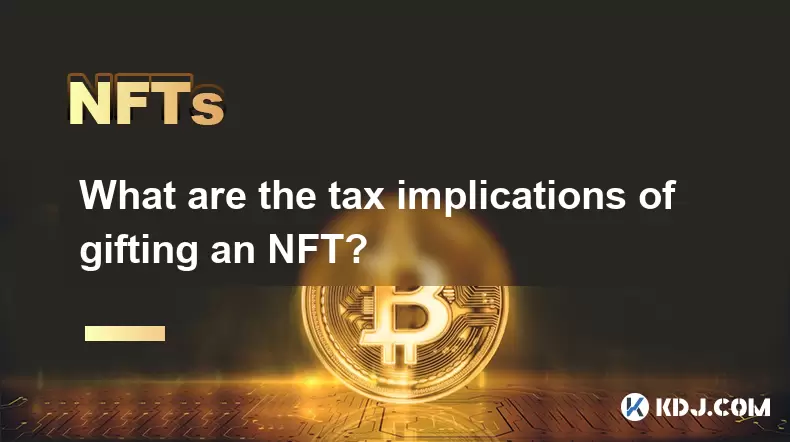
What are the tax implications of gifting an NFT?
Jul 19,2025 at 04:21am
Understanding the Basics of NFT GiftingGifting a Non-Fungible Token (NFT) involves transferring ownership from one individual to another without recei...
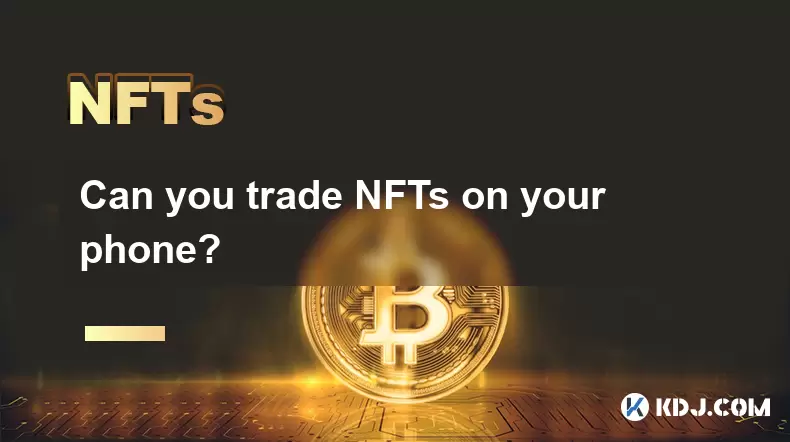
Can you trade NFTs on your phone?
Jul 18,2025 at 04:29am
Trading NFTs on Mobile DevicesYes, you can trade NFTs on your phone, and the process has become increasingly streamlined thanks to a variety of mobile...
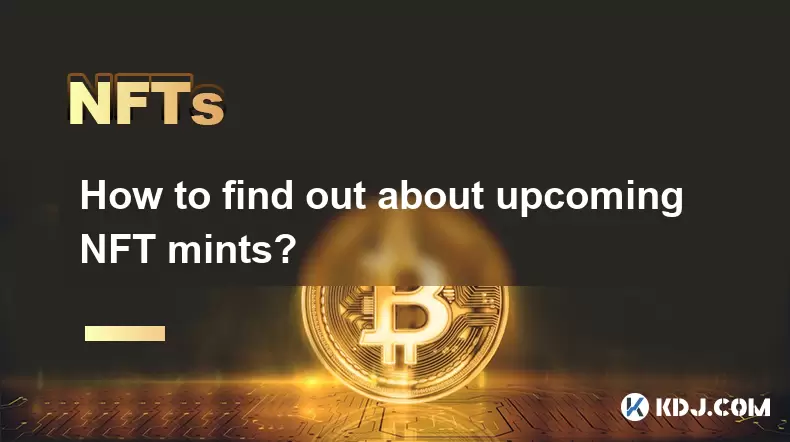
How to find out about upcoming NFT mints?
Jul 18,2025 at 11:50am
Exploring NFT Minting OpportunitiesUnderstanding the landscape of upcoming NFT mints is crucial for collectors, investors, and creators who wish to st...
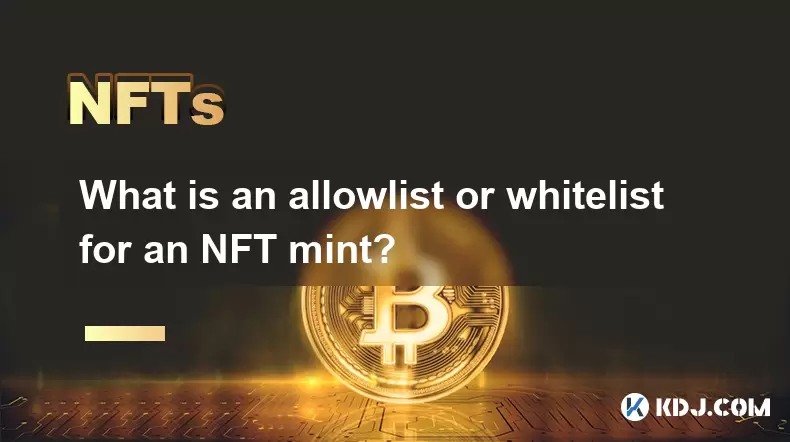
What is an allowlist or whitelist for an NFT mint?
Jul 20,2025 at 07:14pm
Understanding the Concept of an Allowlist for NFT MintingAn allowlist, also commonly referred to as a whitelist, is a mechanism used in the NFT mintin...

Is it possible to get a refund on an NFT?
Jul 21,2025 at 08:35pm
Understanding NFT Transactions and RefundsWhen you purchase an NFT (Non-Fungible Token), the transaction is typically recorded on a blockchain, making...

What happens to NFTs when the owner dies?
Jul 22,2025 at 02:43pm
Legal Ownership and Digital AssetsWhen an individual owns NFTs, the question of what happens to these assets upon their death is a pressing one. NFTs ...

What are the tax implications of gifting an NFT?
Jul 19,2025 at 04:21am
Understanding the Basics of NFT GiftingGifting a Non-Fungible Token (NFT) involves transferring ownership from one individual to another without recei...

Can you trade NFTs on your phone?
Jul 18,2025 at 04:29am
Trading NFTs on Mobile DevicesYes, you can trade NFTs on your phone, and the process has become increasingly streamlined thanks to a variety of mobile...

How to find out about upcoming NFT mints?
Jul 18,2025 at 11:50am
Exploring NFT Minting OpportunitiesUnderstanding the landscape of upcoming NFT mints is crucial for collectors, investors, and creators who wish to st...

What is an allowlist or whitelist for an NFT mint?
Jul 20,2025 at 07:14pm
Understanding the Concept of an Allowlist for NFT MintingAn allowlist, also commonly referred to as a whitelist, is a mechanism used in the NFT mintin...
See all articles

























































































